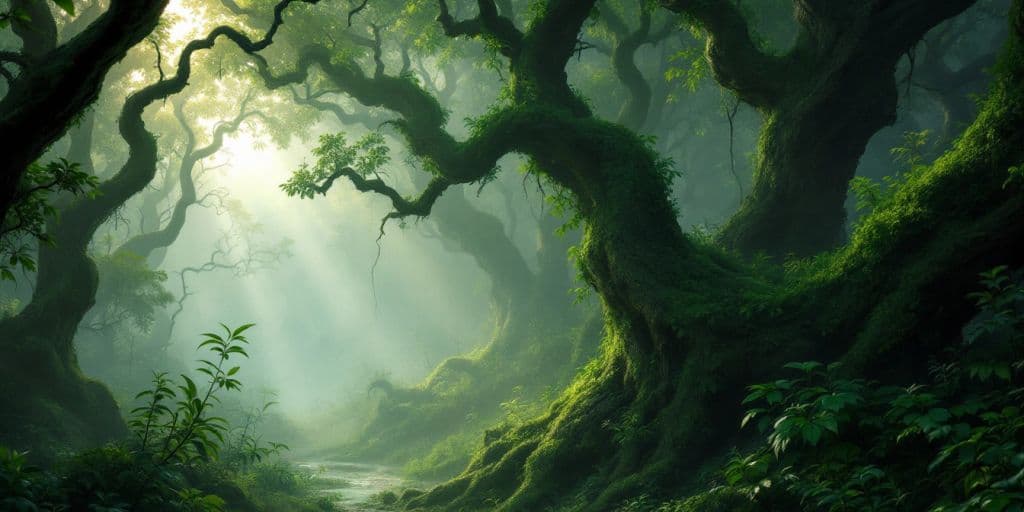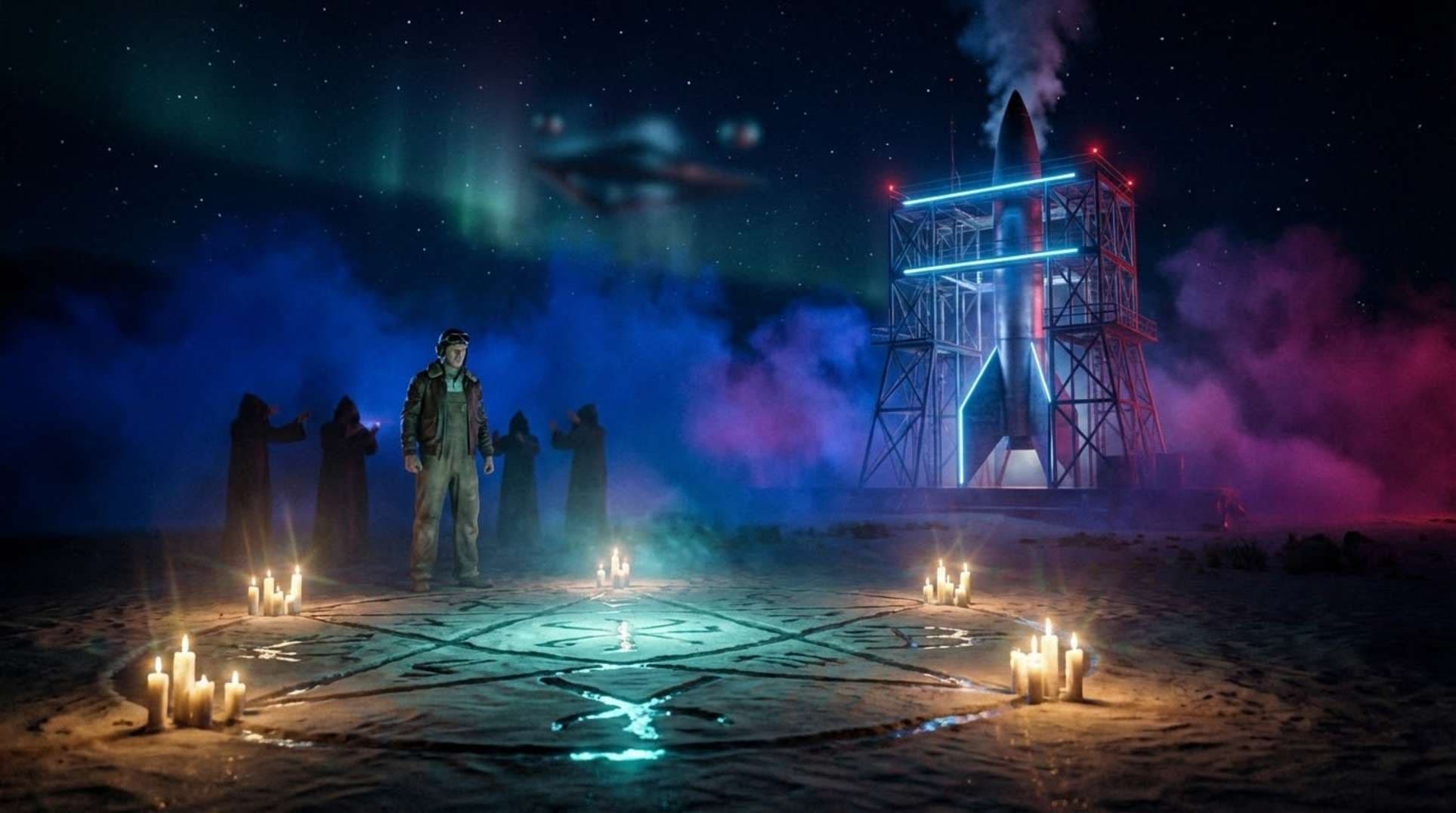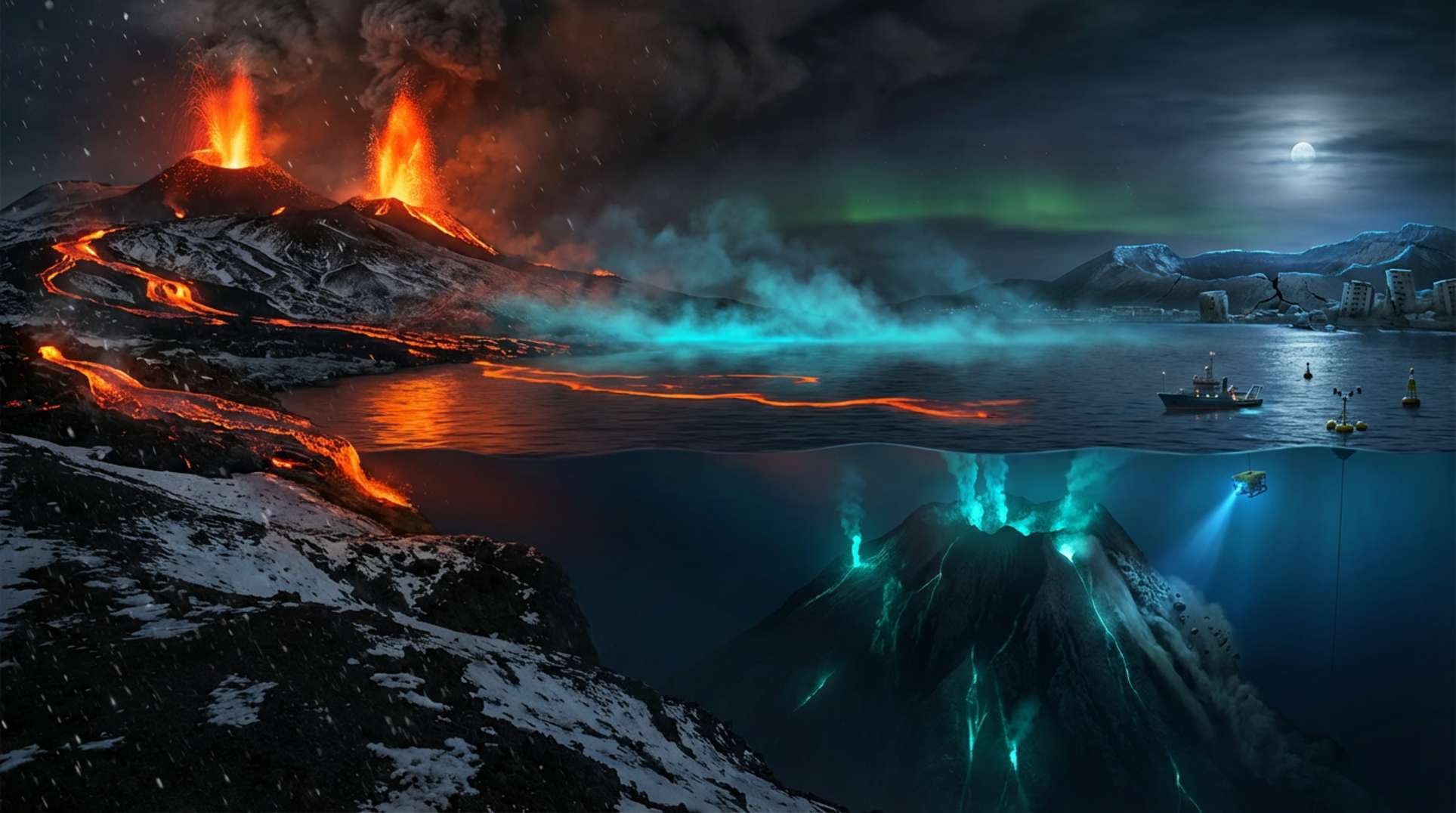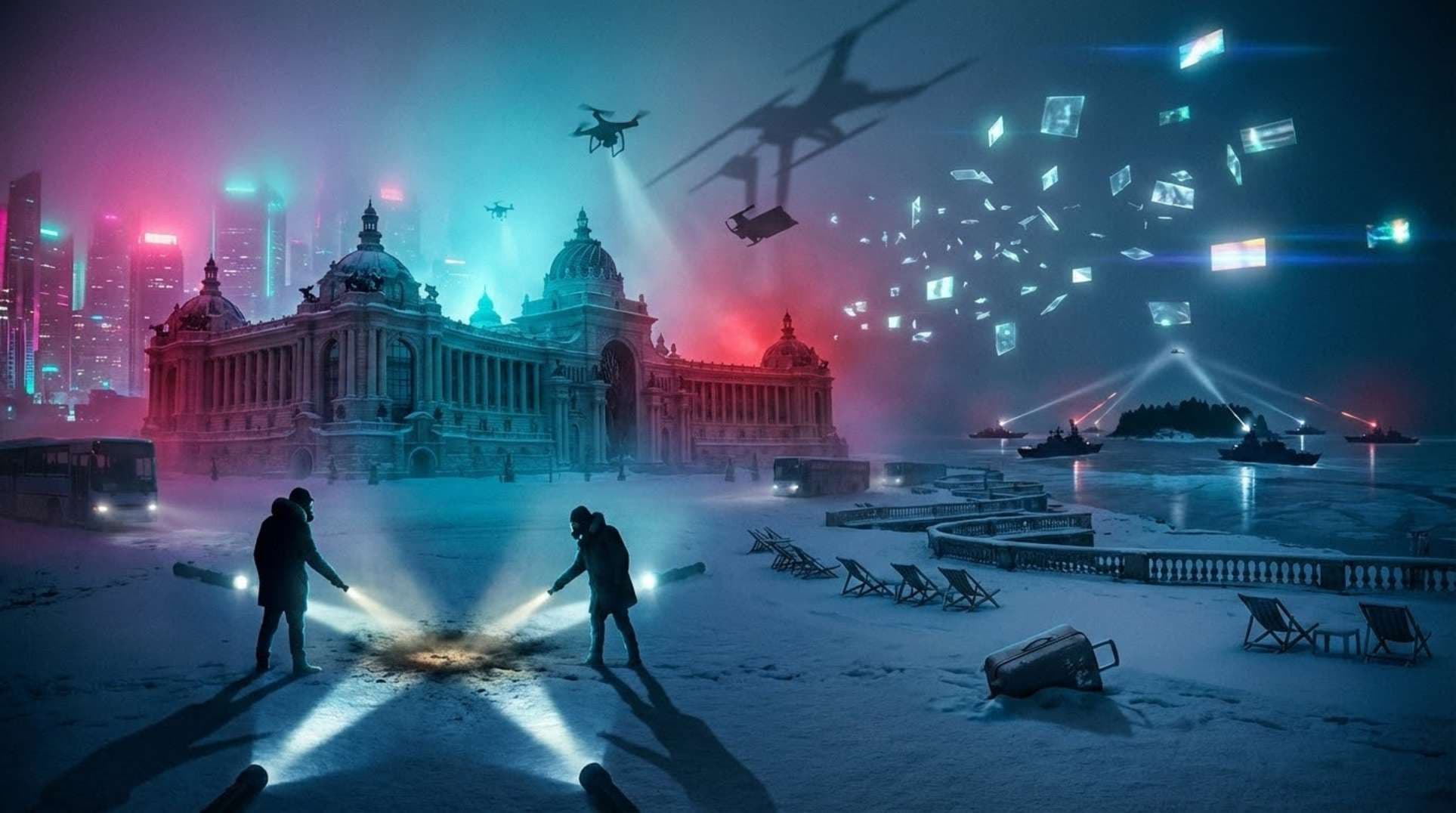Mythical creatures have intrigued us for ages, weaving their way through our stories and cultures. From ancient legends to modern tales, these beings reflect our fears, hopes, and the mysteries of our world. In this article, we will delve into the origins, meanings, and interpretations of these fascinating creatures that continue to captivate our imaginations.
Key Takeaways
- Mythical creatures often show what people value and fear in their cultures.
- Dragons symbolize different things in Eastern and Western cultures, representing water and fire, respectively.
- Hybrid creatures like griffins and chimeras combine traits from various animals to symbolize different qualities.
- Sea monsters like the Kraken and Leviathan highlight the dangers and mysteries of the ocean.
- Modern entertainment keeps the stories of mythical creatures alive, showing their lasting impact.
The Origins of Mysterious Creatures in Ancient Civilizations

Egyptian Mythology: Gods and Monsters
In ancient Egypt, mythical creatures were often seen as manifestations of gods. For example, the sphinx, with its lion body and human head, symbolized strength and wisdom. Other creatures, like the crocodile-headed Sobek, represented the duality of nature, embodying both creation and destruction. These beings were not just stories; they played a crucial role in the Egyptians’ understanding of the world around them.
Sumerian Legends: The First Beasts
Sumerian mythology introduced us to some of the earliest known mythical creatures. The Anzu, a lion-headed eagle, was believed to steal the Tablet of Destinies, representing chaos and disorder. Additionally, the lamassu, a protective deity with a human head and the body of a bull or lion, guarded the entrances to cities, symbolizing strength and protection. These legends reflect the Sumerians’ attempts to explain the mysteries of life and nature.
Greek Mythology: Heroes and Creatures
Greek mythology is rich with legendary creatures that often interacted with heroes. The Minotaur, a half-man, half-bull creature, lived in the labyrinth and represented the struggle between man and beast. Similarly, the Hydra, a multi-headed serpent, symbolized the challenges heroes faced. These stories not only entertained but also conveyed moral lessons about bravery and perseverance.
Chinese Mythology: Dragons and Spirits
In Chinese culture, dragons are revered as symbols of power and good fortune. Unlike the fearsome dragons of Western lore, Chinese dragons are often seen as benevolent beings that control water and weather. The Qilin, a hooved chimerical creature, symbolizes prosperity and serenity. These creatures reflect the Chinese belief in harmony between humans and nature.
The tales of ancient civilizations remind us that mythical creatures are not just figments of imagination; they are reflections of the values, fears, and hopes of the societies that created them.
| Civilization | Notable Creatures | Symbolism |
|---|---|---|
| Egyptian | Sphinx, Sobek | Strength, Wisdom |
| Sumerian | Anzu, Lamassu | Chaos, Protection |
| Greek | Minotaur, Hydra | Struggle, Bravery |
| Chinese | Dragon, Qilin | Power, Prosperity |
Hybrid Beasts: The Symbolism of Combined Creatures
Griffins: Guardians of Treasure
Griffins are legendary creatures with the body of a lion and the head and wings of an eagle. These majestic beings symbolize strength and protection. In ancient times, they were often seen as guardians of treasures, representing the union of the king of beasts and the king of birds. Their dual nature reflects the balance between earth and sky, making them powerful symbols in various cultures.
Sphinxes: Riddles and Mysteries
The Sphinx, with its lion’s body and human head, is a creature steeped in mystery. Known for posing riddles, the Sphinx represents the challenge of knowledge and the quest for truth. In many myths, solving the Sphinx’s riddle was a test of wisdom. This creature embodies the idea that understanding often requires facing complex challenges.
Chimeras: The Power of Three
Chimeras are fascinating hybrids, often depicted with parts from multiple animals, such as a lion, goat, and serpent. These creatures symbolize the blending of different forces. In mythology, they often represent chaos and the unpredictable nature of life. The Chimera serves as a reminder that strength can come from diversity, and that combining different elements can lead to powerful outcomes.
The concept of hybrid creatures, like the half human, half beast figures in ancient myths, shows how cultures have long been fascinated by the blending of different forms. These legends remind us of the complexities of existence and the mysteries that lie within.
Summary Table of Hybrid Creatures
| Creature | Description | Symbolism |
|---|---|---|
| Griffin | Lion body, eagle head and wings | Strength and protection |
| Sphinx | Lion body, human head | Knowledge and mystery |
| Chimera | Multiple animal parts | Chaos and diversity |
Sea Monsters: Legends from the Deep

The ocean is a vast and mysterious place, often inspiring tales of monstrous creatures lurking beneath the waves. These legends have been passed down through generations, captivating our imaginations and fueling our fears.
The Kraken: Terror of the Seas
The Kraken is a legendary sea monster said to dwell off the coasts of Norway and Greenland. Sailors spoke of this giant creature with massive tentacles that could drag entire ships under the water. While many dismissed these tales as mere myths, the discovery of giant squids has led some to believe that the Kraken might have a basis in reality. Here are some key points about the Kraken:
- Size: Often described as enormous, with tentacles reaching lengths of over 40 feet.
- Behavior: Said to attack ships, causing sailors to fear the depths of the ocean.
- Cultural Impact: The Kraken has appeared in various forms of media, from literature to movies.
Giant Squid: Terror of the Deep
For centuries, stories of the giant squid have fascinated people. These creatures, once thought to be mere legends, were confirmed to exist when scientists captured images of a live giant squid in its natural habitat. Here are some interesting facts:
- Habitat: Found in deep ocean waters, often at depths of over 1,000 feet.
- Size: Can grow up to 43 feet long, making them one of the largest invertebrates.
- Diet: Feeds on fish and other marine animals, using its long tentacles to catch prey.
Loch Ness Monster: Scotland’s Aquatic Enigma
No discussion of sea monsters would be complete without mentioning the Loch Ness Monster, affectionately known as Nessie. This creature is often described as a long-necked beast resembling a plesiosaur. Here are some highlights:
- Sightings: Reports of Nessie date back to ancient times, with many claiming to have seen her in the murky waters of Loch Ness.
- Evidence: Despite numerous investigations, definitive proof of Nessie’s existence remains elusive.
- Cultural Significance: Nessie has become a symbol of mystery and intrigue, drawing tourists and researchers alike to Scotland.
The legends of sea monsters remind us that the ocean still holds many secrets, waiting to be discovered.
In conclusion, whether real or imagined, these sea monsters continue to capture our fascination, reminding us of the mysteries that lie beneath the surface of our planet.
Night Terrors: Creatures of the Dark
Werewolves: Humans Turned Beasts
The legend of werewolves is one of the most famous tales of transformation. These creatures are said to be humans who can change into wolves, especially during a full moon. The fear of werewolves reflects our worries about the wild side of human nature. Many stories describe how these beings hunt and terrorize villages, leaving behind a trail of fear and mystery.
Banshees and Other Night Terrors
In Irish folklore, banshees are spirits that warn of death. They are often described as women with long hair, crying out in sorrow. Other night terrors include creatures like the Wendigo, a spirit that represents hunger and greed. These legends serve as cautionary tales, reminding us of the dangers that lurk in the dark.
Vampires: Immortal Beings of the Night
Vampires are perhaps the most iconic night terrors. These creatures are known for their thirst for blood and their ability to live forever. Stories of vampires have evolved over time, from the classic tales of Dracula to modern interpretations in movies and books. They symbolize our fears of death and the unknown, making them a lasting part of our culture.
The legends of night terrors remind us that the darkness can hide both our fears and our deepest desires.
Summary of Night Terrors
| Creature | Origin | Key Traits |
|---|---|---|
| Werewolves | European Folklore | Human-wolf transformation |
| Banshees | Irish Folklore | Spirit of death, wailing |
| Vampires | Various Cultures | Bloodsucking, immortality |
Modern Interpretations: Mythical Creatures in Pop Culture
Mythical Beasts in Movies and TV
Mythical creatures have always sparked our imagination, and today, they thrive in movies and TV shows. From the majestic dragons in Game of Thrones to the magical beings in the Harry Potter series, these creatures add excitement to stories. They often symbolize themes like power, identity, and the human condition, making us think about complex questions.
Video Games: Interactive Mythology
Video games have taken mythical creatures to a new level. Games like The Legend of Zelda, World of Warcraft, and God of War let players interact with these beings in immersive worlds. These creatures are not just for show; they shape the game’s story and offer unique challenges and rewards. This interactive platform allows us to engage with mythical creatures like never before.
Literature: New Takes on Old Legends
Books have always been a home for mythical creatures. From classics like Frankenstein and Dracula to modern series like Harry Potter and A Song of Ice and Fire, these beings are integral to the narratives. They evolve with the times, reflecting our changing cultural and social contexts. They invite us to explore themes of power, identity, and morality, making us question our own beliefs and values.
Mythical creatures continue to captivate our imagination, inspiring us to dream beyond the boundaries of our reality.
Summary
In today’s world, mythical creatures are more than just legends; they are a big part of pop culture. From movies to video games, these fascinating beings capture our imagination. The influence of these creatures is evident in various forms of media, keeping their stories alive and relevant.
| Medium | Examples | Impact on Culture |
|---|---|---|
| Movies | Harry Potter, Game of Thrones | Inspires creativity and storytelling |
| TV Shows | Supernatural, Stranger Things | Engages audiences with fantasy |
| Video Games | Zelda, World of Warcraft | Interactive experiences |
Cryptozoology: The Search for Unknown Creatures
Cryptozoology is the study of creatures that are rumored to exist but have not been proven by science. This field captures our imagination and encourages us to explore the unknown. Many people are fascinated by the idea of hidden animals.
Bigfoot: The Elusive Giant of North America
Bigfoot, also known as Sasquatch, is one of the most famous cryptids. Sightings of this large, hairy creature have been reported across North America. Many believe Bigfoot is a relic hominid, a species that has managed to survive in remote areas. Despite numerous eyewitness accounts and some blurry photos, concrete evidence remains elusive.
Chupacabra: Terror in the Tropics
The Chupacabra, or "goat-sucker," is a cryptid reported mainly in the Americas. It is said to attack livestock, leaving behind puncture wounds and drained blood. This creature embodies our fear of the unknown lurking just beyond our sight.
Yeti: Guardian of the Himalayas
High in the Himalayas, the Yeti, or Abominable Snowman, is described as a large, ape-like being covered in white fur. Mountaineers and Sherpa people have reported sightings for centuries. While evidence remains scarce, the legend of the Yeti speaks to our fascination with the unknown.
The search for cryptids is both challenging and exciting. Cryptozoologists blend scientific rules with the drive to reveal unseen wonders around us.
Summary of Famous Cryptids
| Cryptid | Location | Description |
|---|---|---|
| Bigfoot | North America | Large, hairy, ape-like creature |
| Chupacabra | Americas | Blood-sucking creature |
| Yeti | Himalayas | Large, white, ape-like being |
In conclusion, cryptozoology keeps our sense of wonder alive, encouraging us to look beyond the known and embrace the possibility that extraordinary creatures still roam the earth, waiting to be discovered. The book On the Track of Unknown Animals by Bernard Heuvelmans, published in 1955, is a significant work in this field, inspiring many to explore the mysteries of cryptids.
Dark Legends from America
The Legend of Chornobyl Wolf-Dogs
In the aftermath of the Chornobyl disaster, a haunting tale emerged about wolf-dogs that roamed the exclusion zone. These creatures, born from the wild dogs that survived the catastrophe, are said to have developed a unique pack mentality. They are often described as fierce and cunning, adapting to their harsh environment.
- Survival Instincts: These wolf-dogs have learned to hunt and scavenge, making them formidable predators.
- Mysterious Behavior: Many who have ventured into the area report eerie howls echoing through the abandoned towns.
- Cautionary Tales: Locals warn against approaching these animals, as they are unpredictable and can be dangerous.
Giant Red Haired Cannibals of Lovelock Nevada
In Lovelock, Nevada, legends speak of a tribe known for their striking red hair and cannibalistic practices. The Northern Paiute people recount stories of these giants, who were said to have terrorized their ancestors. Archaeological findings have sparked debates about their existence, adding to the mystery.
- Physical Descriptions: They were described as towering figures, often reaching heights of over seven feet.
- Cultural Impact: The tales of these cannibals serve as a warning against straying too far from safety.
- Ongoing Research: Scientists continue to explore the area for more evidence of these legendary beings.
Skinwalkers: Sinister Shape-Shifters
Skinwalkers are deeply rooted in Navajo culture, known as malevolent beings capable of transforming into animals. Unlike playful shape-shifters from other folklore, Skinwalkers are often associated with evil.
- Transformation Process: The transformation is said to be gruesome, twisting the witch’s humanity into something monstrous.
- Predatory Nature: They are known to prey on the weak, using mimicry to lure victims into isolated areas.
- Cultural Taboos: The Navajo people speak of them in hushed tones, fearing their wrath.
These dark legends remind us of the mysteries that still linger in our world. Whether it’s the wolf-dogs of Chornobyl or the terrifying Skinwalkers, these stories captivate and instill fear, urging us to respect the unknown.
Explore the chilling tales of America’s dark legends and uncover the mysteries that lie within. If you’re curious about the hidden truths and want to dive deeper into these fascinating stories, visit our website for more insights and exclusive content. Don’t miss out on the chance to expand your knowledge!
Conclusion
As we wrap up our exploration of mythical creatures, we see how these fascinating beings connect us to stories from different cultures and times. From the depths of the ocean to the heights of the mountains, these legends spark our imaginations and reveal the hopes and fears of people everywhere. Looking ahead, it’s clear that these creatures will keep changing, just like our world. They remind us of the magic of storytelling and the endless possibilities that our imaginations can create. So, let’s keep dreaming, keep searching, and let the wonder of mythical creatures inspire us.
Frequently Asked Questions
What are mythical creatures?
Mythical creatures are imaginary beings found in stories and legends. They often have special abilities or unique traits.
Why do different cultures have similar mythical creatures?
Many cultures create similar mythical creatures because they share common fears, hopes, and values, leading to similar stories.
How do mythical creatures reflect cultural beliefs?
Mythical creatures often represent the values and fears of the cultures that create them, showing what those societies care about.
Are there any real-life creatures that inspired these myths?
Yes, some mythical creatures may have been inspired by real animals or unusual sightings that people misinterpreted.
Why do we still tell stories about mythical creatures today?
We tell stories about mythical creatures to entertain ourselves, explore our fears, and connect with our history and culture.
How do modern movies and books portray mythical creatures?
Modern movies and books often give new twists to mythical creatures, making them more relatable or heroic, while still keeping their magical essence.




